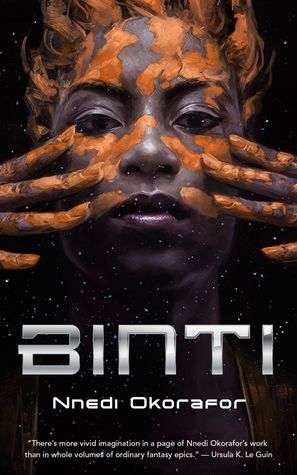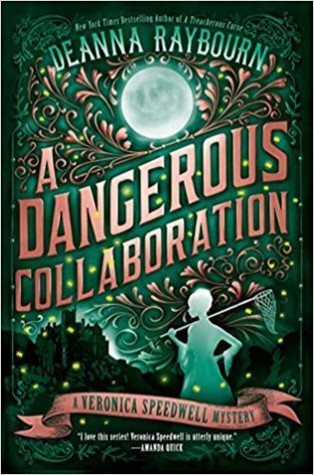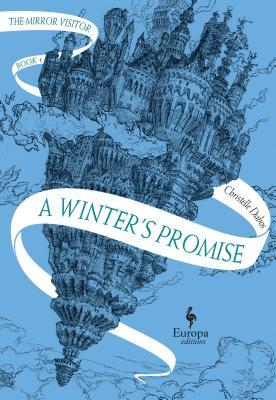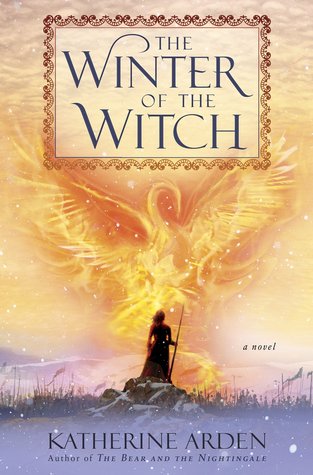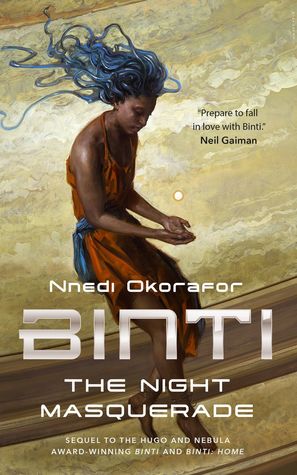 Title: Binti: The Night Masquerade
Title: Binti: The Night Masquerade Series: Binti #3
Author: Nnedi Okorafor
Source/Format: Borrowed from the Library; Paperback
More Details: SFF
Publisher/Publication Date: Tor.com; January 16, 2018
Goodreads Amazon Barnes & Noble Book Depository
Synopsis from Goodreads...
The concluding part of the highly-acclaimed science fiction trilogy that began with Nnedi Okorafor's Hugo- and Nebula Award-winning BINTI....
Binti has returned to her home planet, believing that the violence of the Meduse has been left behind. Unfortunately, although her people are peaceful on the whole, the same cannot be said for the Khoush, who fan the flames of their ancient rivalry with the Meduse. Far from her village when the conflicts start, Binti hurries home, but anger and resentment has already claimed the lives of many close to her. Once again it is up to Binti, and her intriguing new friend Mwinyi, to intervene--though the elders of her people do not entirely trust her motives--and try to prevent a war that could wipe out her people, once and for all....Before I get started, I wanted to clarify that while I try to be as vague as possible, this review may contain some minor spoilers for the first two novellas of the series. You’ve been warned.
After the cliffhanger end of Binti: Home, I was excited to dive back into this world and these characters in the finale novella of the trilogy, Binti: The Night Masquerade. For the most part, this novella answered the lingering questions I had—about how Binti’s story would end as well as the mystery of her “edan”. The ending was kind of open-ended in a way, but it still brought about the resolution of some of the personal and external conflicts that have plagued Binti since the first novella. Change is hard. Monumental and life altering changes are even harder, and Binti had to come to terms with the ways the events of the trilogy have affected her.
I liked the progression of the story. The politics from the previous novellas were back, and with the treaty in place, I could see how Binti could believe the conflict had settled. However, the rivalry between Khoush and the Meduse restarted and with deadly and destructive consequences. There was danger, but I liked how Binti remained true to her ways even in the face of overwhelming odds. Parts of the story were emotionally impactful but all too fleeting, because I was able to guess what would happen next. So, some parts of the story were a little predictable, and other scenes leaned a little into the territory of being a deus ex machina. I also won’t say too much about how the mystery of Binti’s “edan” was solved, but I have to admit that it made me laugh—not because it was funny, but instead it was just so…random that I couldn’t help but see it in a more humorous light.
The aliens—and even Oomza University—were all creative and unique, and I really loved those aspects of the story. And I know I keep mentioning the ship, Third Fish, but it was one of my favorite characters in this one, along with its baby: New Fish. So, when I say the technology in this trilogy is one of my favorite aspects because of its creativity, I really do mean that.
While there were a few “meh” aspects about The Night Masquerade, it was still a fitting end to Binti’s story. As a whole, the Binti trilogy was worth the read, and I look forward to reading more novels by Nnedi Okorafor….






